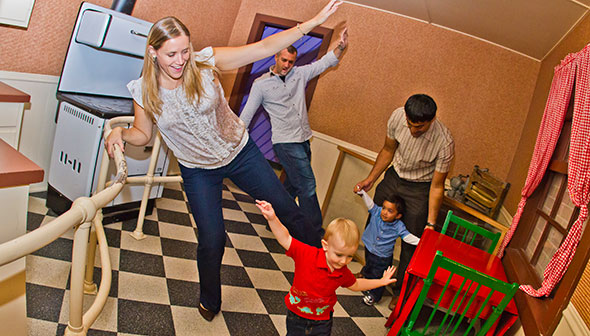
Jasmine Cristancho wore a tight white dress that hugged her Kim Kardashian-like curves while she sat in her luxury apartment in Medellin, Colombia. “I just love plastic surgery,” said the 32-year old from London, England. “I’ve had a lot of friends who’ve have operations over here, and the results have been amazing.” A white cardigan hid the bruises on her back from a recent liposuction. Cristancho is one in an increasing number of patients receiving cosmetic surgeries around the world.
According to an analysis of data from the International Society of Aesthetic Plastic Surgery (ISAPS), between 2015 and 2016, the global number of cosmetic procedures rose by 9% to a total of over 23 million operations around the world.
Cristancho was in Colombia for the fourth time for plastic surgery. She’s now had breast enhancements, liposuction, and a buttock augmentation. High prices in North America and Europe have driven a medical tourism industry in places like Medellin—a city that’s been colloquially called the ‘silicone valley’. Medical tourists are offered multi-operation packages and post-operative care at a discounted rate. Breast implants, liposuction, and a buttock augmentation often costs less than $10,000 USD.
(Hover over each point to learn more about common cosmetic procedures. Image| Flickr: dou_ble_you)
According to an analysis of ISAPS data, Greece had the highest number of procedures per capita last year at 26 operations for every thousand people. South Korea also had a high rate at 23 people for every thousand in 2015 (South Korea was excluded from the 2016 report due to insufficient data). In Greece, the majority of operations were non-surgical face-tightening procedures and in South Korea, eyelid surgery was the most common operation.
Map: Per capita rate of cosmetic operations based on data from the ISAPS. Click on each country to see a breakdown of the type of procedures performed.
Dr. Nick Carr, head of plastic surgery at the University of British Columbia, said that figures for the number of operations done in Canada can be estimated using data from the American Society of Plastic Surgeons (ASAPS). According to Carr’s method of estimation, around 1.4 million cosmetic procedures were performed in Canada in 2016.
Carr said that a higher demand for cosmetic operations has been noticeable, with the most dramatic increase in non-surgical procedures such as injectables and laser treatments. According to Carr, social media, pop culture and peer group influence were some of the factors driving the demand. “It’s common that I’ll get people showing me pictures of a celebrity that they want to look like for a breast or buttock augmentation. They’ll often have a picture of Kim Kardashian or whoever…Megan Fox’s nose, you name it.”
Carr also said that more recently, many of the operations he performs are related to a high obesity rate. A growing East Asian population in Vancouver, B.C. has also led to a higher demand in double-eyelid surgery. A small proportion of his clients also seek operations to enhance their professional careers.
Chris Green, a 23-year-old also based in Vancouver B.C., is planning on having upper lip enhancements and a liposuction in the chin next year. “I want bigger lips because I dance for a living,” he said. “You’ll have agents and stuff that try to push that.”
Green also said that in his field, people usually have operations either for professional reasons or out of insecurity. “As a dancer we can work out the body, but other things can’t be corrected with exercise,” he said. “You can’t always fix genetics.”
Richie Araish, a 25-year-old hairstylist from Markham Ont., had difficulty with breathing, nosebleeds, and infections from breaking his nose. He decided to give his reconstructive rhinoplasty a cosmetic spin. “I’m in an industry where appearance is everything, so I was so self-conscious about my nose,” he said. “It’s like 300 times better. I think if anybody is really willing to do it then they should. It’s for them and not for anybody else.”
Richie Araish’s rhinoplasty, before and after





















